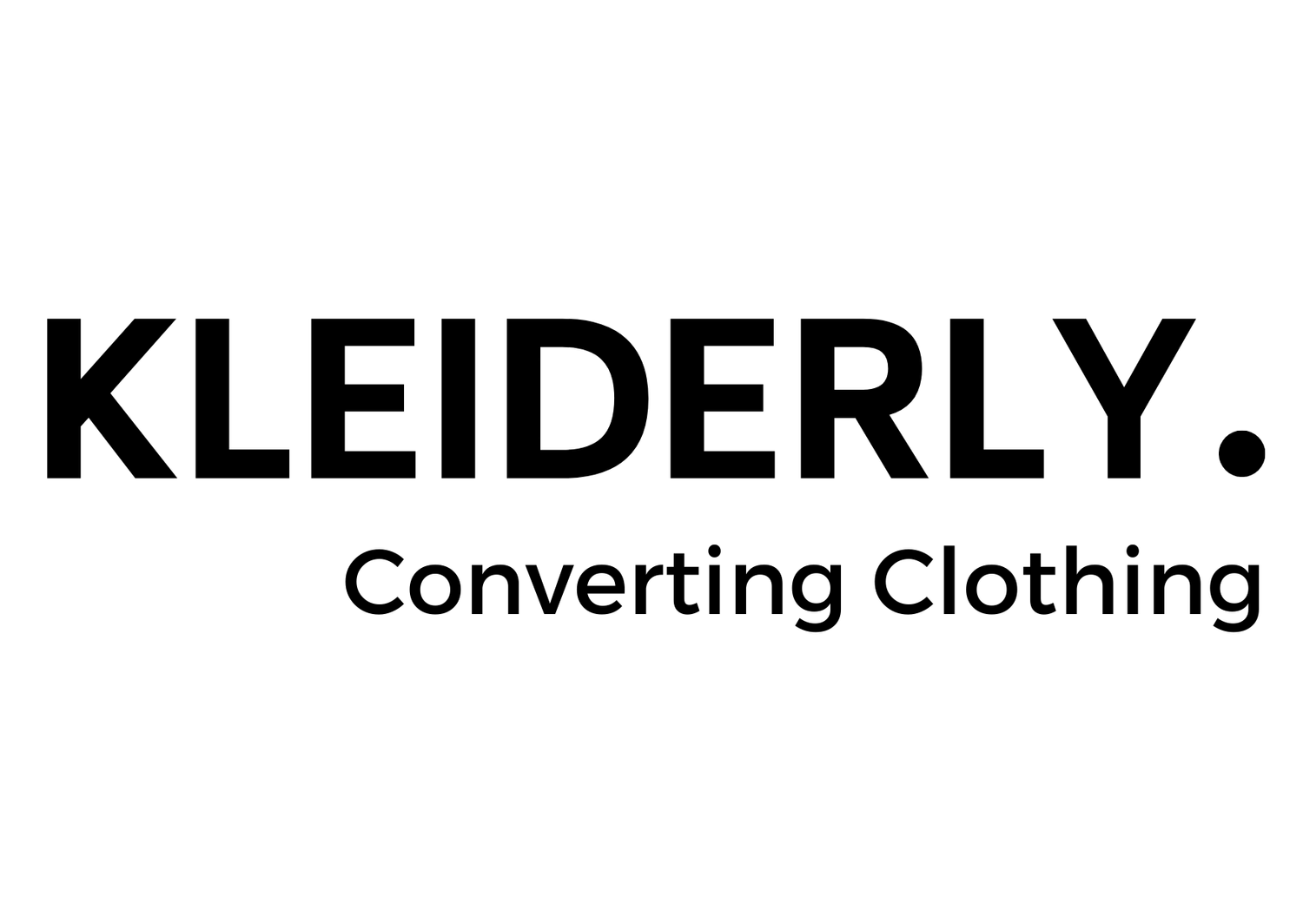Sustainable Fabric Series: All about Mycelium Fabric
Mycelium is the network of all the threads of a fungus, also called the root of the mushroom. The material has excellent insulating and moisture-absorbing properties. Mycelium is only used in its solid state, hence the use case of textiles is Mycelium textile or MycoTEX.
Phil Ross and his team at the San Francisco-based MycoWorks, a group of engineers, designers, and scientists, are developing products inspired by fungi's lattice-like “roots," called Mycelium. According to the MycoWorks website, mycelium is carbon-negative and can be naturally dyed to any colour, so your mushroom dress can be bright purple, fuchsia, or Cerulean blue if tan seems too subtle.
There are many good reasons why we should consider using mycelium fabric in the future. The fabric created from mycelium is non-toxic, waterproof, and fire-resistant. It can be as thin as paper for dresses and lamp shades, or incredibly thick for heavy-duty items, and in both cases, the end result is remarkably flexible and strong.
There is a large growing consumer demand for vegan lifestyle choices, with more concern for animal welfare. A number of APPs for buying and recycling clothes have become very popular. Fashion is entering a brave new and exciting world with new fabrics like mycelium fabric, pineapple leather or hemp fabric.
Would you consider it weird to wear a mushroom all day?
It's actually a lot more sanitary than you might think. People with sensitive skin will love that mycelium mushroom material is naturally anti-microbial (unlike other textiles, which are only made to be anti-microbial through an expensive process), according to the National Center for Microbiology, so sweaty workout gear and wearing it in the the summer won’t create rashes or discomfort. In the production of mushroom fabric, no toxic chemicals or fertilizers are used and very little water is necessary, so the fabric is a game-changer for the environment and according to the World Wildlife Organization, a cotton T-shirt typically requires 713 gallons of water to produce because of the amount of cotton required, versus 3 gallons of water to create a dress three times the size of a T-shirt, according to NEFFA.
Mycelium requires only a 3 to 4-week period to grow in full. So rather than extracting our materials from the ground, it's possible to grow and easily replenish them in a lab.
Ecovative Design enables you to purchase their GIY Mushroom® Material, (GIY = Grow-It-Yourself) and try your hand at creating something with the material of the future. These GIY kits are a mixture of mycelium and corn stalks and husks, and you’re provided with a video tutorial on how to grow your own.
In fashion, our waste and consumption rate increases with each passing year as clothes become increasingly more affordable and disposable. We rarely tailor or repair clothing anymore. Imagine if we can all eventually grow our own clothing.
So mycelium fabric is an environmentally friendly fabric and brings a lot of benefits. We at Kleiderly can’t wait to see more innovations like mycelium fabric and see the fashion industry turn towards environmentally friendly fabrics and textiles. To explore more sustainable fabrics and learn more be sure to check out our other blog posts on innovative fabrics like hemp fabric.
Sources:
https://www.theguardian.com/fashion/2017/jul/29/fashion-must-fight-scourge-dumped-clothing-landfill
https://materialdistrict.com/article/mycotex-textile-mushroom-mycelium/#moved
https://www.kleiderly.com/our-blog/sustainable-fabric-series-all-about-hemp-fabric
https://www.kleiderly.com/our-blog/sustainable-fabric-series-all-about-decade-denim
